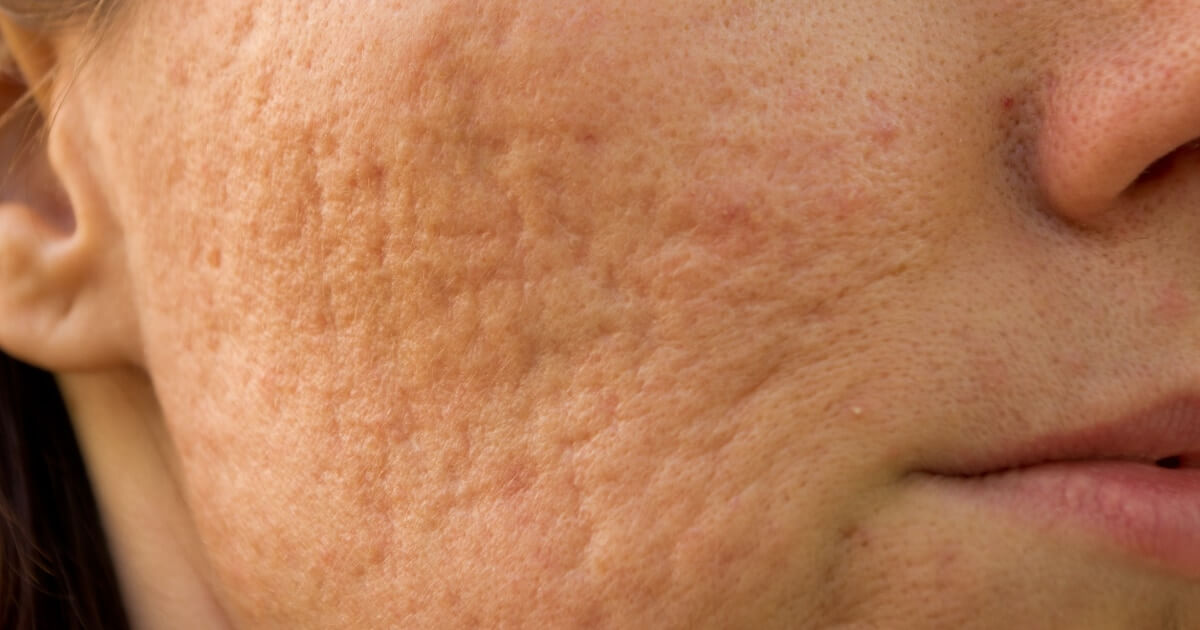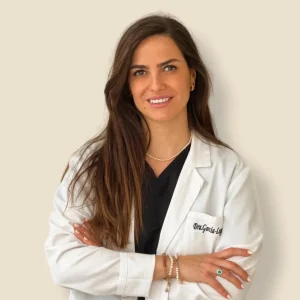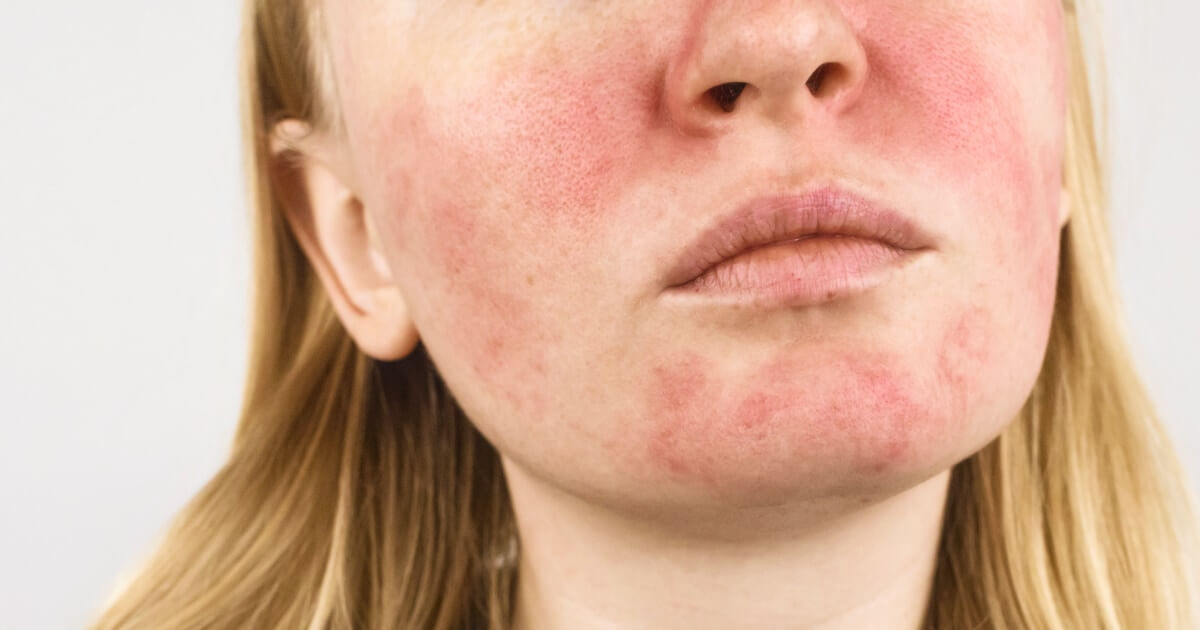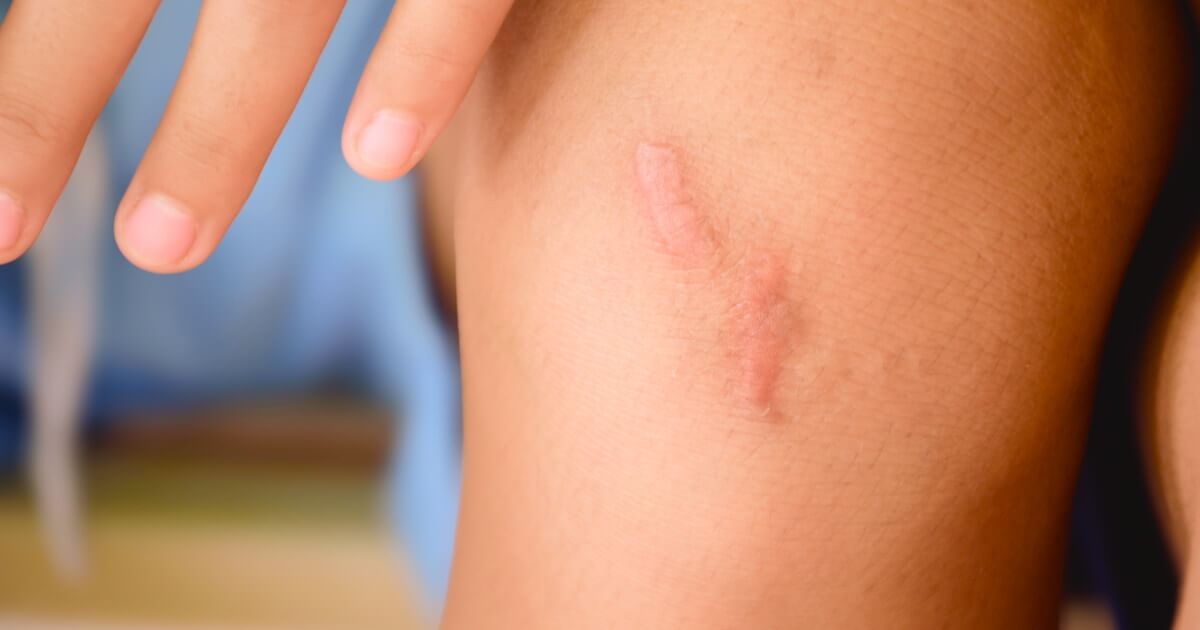Imagine looking in the mirror and seeing smooth, even skin, brand-free. For many people, this idea may seem far away, since the acne and its consequences They have been a source of insecurity for years, affecting their self-esteem and the way they face daily life.
From the García-Legaz Dermatological Institute We want you to understand the causes and types of acne scars, the factors that trigger them and most innovative treatments to prevent and/or eliminate them with visible results.
Understanding Acne
Acne occurs when, due to an increase in the number and size of sebaceous glands, hair follicles become obstruct with a combination of tallow (the natural fat of the skin) and dead cells.
This obstruction can lead to the formation of different types of acne lesions, from comedones (blackheads and whiteheads) to papules, pustules and, in more severe cases, nodules and cysts.
Factors that contribute to the appearance of acne
Each of these factors can affect your skin differently, but understanding them is key to controlling breakouts.
Among the most common are:
- Hormonal changes: fluctuations during the puberty, menstrual cycle either pregnancy.
- Genetics: the predisposition to acne can be hereditary.
- Stress: the high levels of stress can aggravate outbreaks.
- Diet: the intake of certain foods may influence food, such as those with a high glycemic index or some dairy products, such as skimmed milk.
- Environmental factors: the pollution, humidity or the use of unsuitable cosmetics.
Types of acne scars
"The scar formation is influenced by factors such as the severity of acne, the time it takes to treat, genetic predisposition and, above all, the manipulation of the lesions.”
Acne scars can be classified into three main types:
Atrophic scars
Atrophic scars are the most frequent and are characterized by a tissue loss that causes depressions on the skin.
Within this group, we find three subtypes main ones.
- “Ice Pick” scars: are deep and narrow, as small holes and usually appear on the upper part of the cheeks. They are the most difficult to treat, since they can reach the deepest layer of the dermis.
- “Boxcar” or wagon scars: depressions rounded or oval with very well-defined edgesThey can be superficial or deep, but generally respond well to treatment.
- “Rolling” or wavy scars: they are formed when fibrous bands in the dermis they pull the epidermis downwards, creating a wavy and uneven appearance on the skin.
Hypertrophic and keloid scars
Hypertrophic scars and keloids are less common and are characterized by a overproduction of collagen, rather than tissue loss.
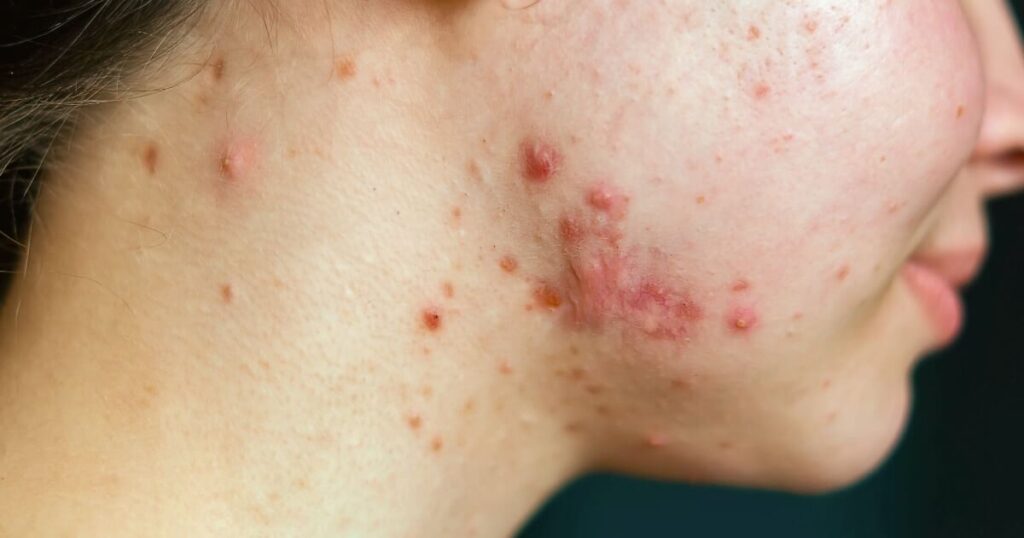
Their main differences are:
- Hypertrophic scars: are maintained within the original injury, are usually reddish or pinkish and improve over time. They are most common in areas such as the trunk and jaw.
- Keloids: grow beyond the injury, forming firm, raised masses that continue to expand, which makes its treatment difficultThey are more common in people with dark skin.
Pigmented scars
The pigmented scars, although they are not scars per se, they are areas of hyperpigmentation which can last for months after acne resolution.
It is usually due to a post-inflammatory hyperpigmentation, that is to say, dark spots due to excess melanin after inflammation. It usually improve over time and with depigmenting treatment, but the sun protection is key to preventing it from getting worse.
Treatments to eliminate acne
They exist various options of treatment options, from topical solutions to advanced therapies, that help control breakouts and improve the appearance of your skin.
Topical treatments
Topical treatments are the first option to combat the mild to moderate acneAmong the most common are:
- Retinoids: derivatives of vitamin A that unblocks pores and promote the cell renewal.
- Benzoyl peroxide: antimicrobial Effective against acne-causing bacteria, available in different concentrations.
- Salicylic acid: a beta-hydroxy acid that gently exfoliates and reduces inflammation, useful for skin prone to clogged pores.
- Azelaic acid: effective for treating mild to moderate acne and hyperpigmentation post-inflammatory.
- Niacinamide: effective in preventing post-inflammatory hyperpigmentation.
Oral treatments
For more severe cases or when topical treatments are not sufficient, it is usually recommended:
- Antibiotics: reduce inflammation and fight bacteria causing acne, but their use should be limited to avoid bacterial resistance.
- Isotretinoin: powerful treatment for severe or resistant acne, which requires close medical follow-up.
- Oral contraceptives or oral antiandrogens, such as spironolactone: help to regulate hormonal levels responsible for excessive sebum production.
Intense pulsed light (IPL)
IPL is an effective acne treatment that uses pulses of light to penetrate the skin.
Its main function is eliminate bacteria responsible for acne, reduce inflammation and regulate fat productionSeveral sessions are necessary to achieve the desired results.
Laser to reduce acne scars
When removing scars, it is important to have realistic expectations and understand that the process requires patience and perseverance.
At the García-Legaz Dermatological Institute, we use non-ablative fractional laser Frax 1550 from Nordlys, which penetrates deep into the dermis to stimulate the production of collagen new and remodel scar tissue.
This treatment requires no recovery time, as it only causes temporary redness that fades in the first few days. Its results are progressive, as collagen continues to regenerate during the months following treatment.
“Frax 1550 is especially effective in treating atrophic scars, improve the texture general skin and reduce size and depth of the scars.”
For scars very deep, we can also use the ablative fractional laser (CO2 laser), which generates a remodeling of the skin through columns of heat that penetrate deep layers. Being an ablative laser, it is normal for them to form scabs on the skin during the week following treatment, which implies more specific and exhaustive care during the recovery period.
Is it possible to completely eliminate acne and scars?
Removing acne and its scars completely can be a difficult to achieve goalAcne is a condition chronicle which often requires ongoing management and although deep scars can improve significantly, their evolution depends on the severity of the case.
However, with the appropriate treatments, it is possible:
- Check effectively the sprouts of acne, reducing its frequency and severity.
- Reduce considerably the appearance of scars, improving the texture and the tone of the skin.
- Prevent the formation of new scars.
In short, removing acne and its scars can be complicated, but advances in dermatology offer effective solutionsAt the García-Legaz Dermatological Institute, our specialists in clinical dermatology They will diagnose your type of acne and provide you with a personalized treatment to help you control outbreaks and improve the appearance of your skin.
Literature
- Morales, N., & Aristizábal, AM (2013). Acne scars, a therapeutic challenge. Journal of the Colombian Association of Dermatology and Dermatological Surgery, 21(4), 328-336. https://revista.asocolderma.org.co
- Pérez, JAS ACNE SCAR MANAGEMENT. https://www.semcc.com
- Flores, GG, & Morice, WM (2012). Acne treatment. Medical Journal of Costa Rica and Central America, 69(600), 91-97. https://www.medigraphic.com
